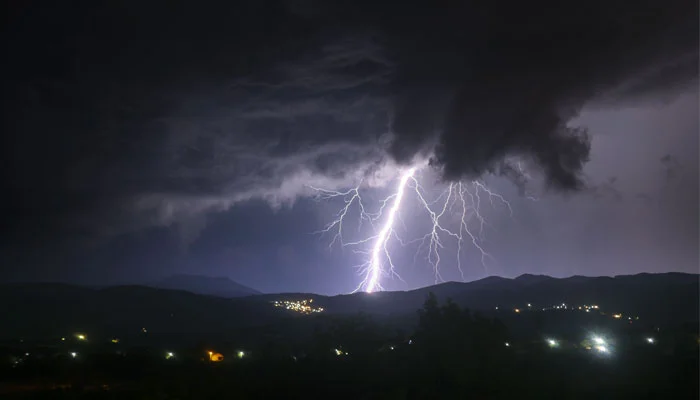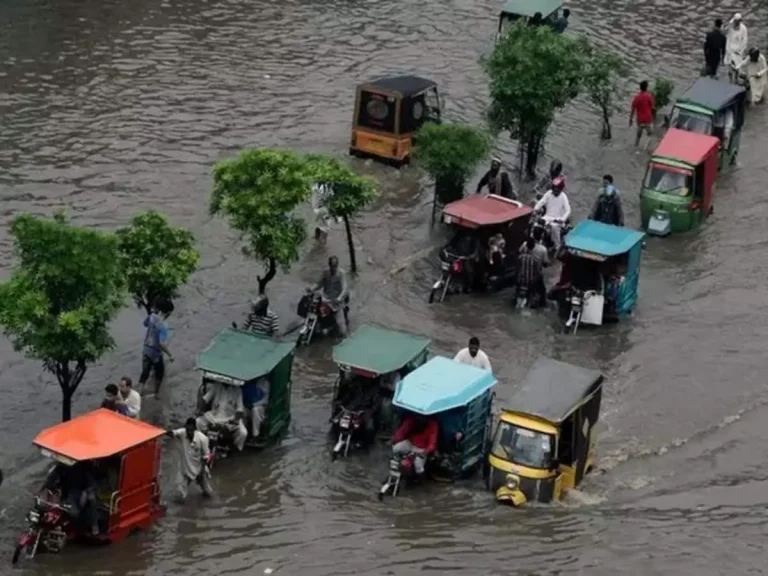Surge in Lightning Strike Fatalities in India
- Annual Death Toll Reaches 1,900: India witnesses a concerning rise in lightning strike-related deaths, now averaging 1,900 fatalities per year.
- Impact of Climate Change: Rapid global climate change is increasing the frequency of lightning strikes, particularly during the monsoon season, exacerbating the situation.
- Research Findings: A study from Faqir Mohan University, published in the International Journal of Environment, Development and Sustainability, reports over 100,000 deaths from lightning strikes between 1967 and 2020.
- Increasing Mortality Rate: The death rate from lightning strikes has jumped from 38% (1967-2002) to 61% (2003-2020), coinciding with India’s population surge to 1.4 billion.
- Challenges in Rural Areas: The rise in fatalities is linked to inadequate infrastructure, particularly in rural regions where many incidents occur.
- Ineffective Warning Systems: The lack of effective early warning systems and widespread public unawareness about lightning safety measures contribute significantly to the high mortality rate.
- Call for Urgent Action: Experts emphasize the need for improved early warning systems, public education, and protective infrastructure to mitigate the growing threat of lightning strikes.





